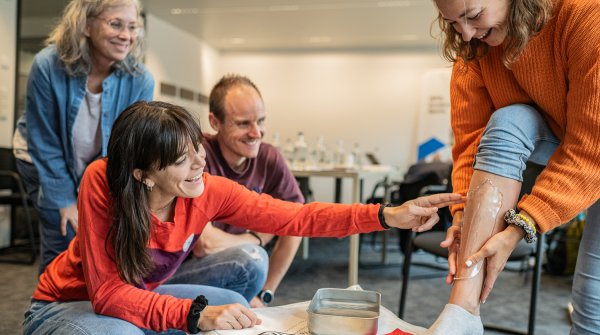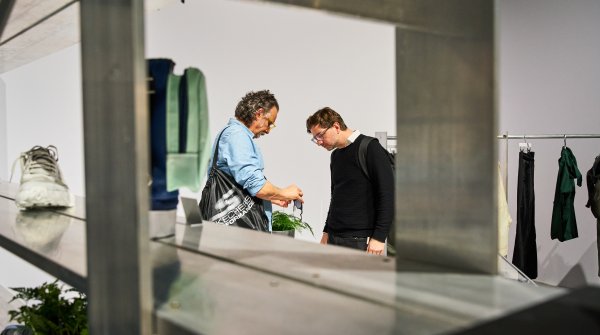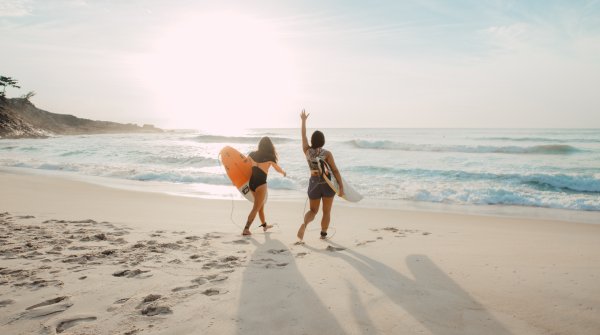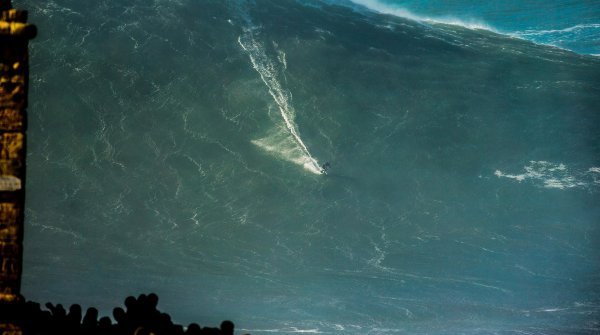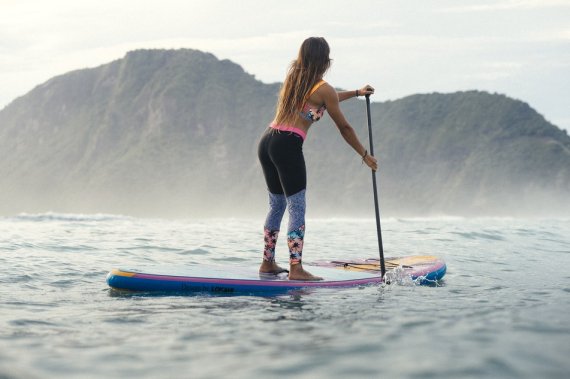
SUP trainer Raphael Kuner is one of five instructors from the American Canoe Association (ACA) worldwide. At ISPO Munich 2019, he gave insights into the trend sport, explained first steps and revealed numerous tips and tricks for beginners at the pool of the Watersport Village.
When starting with SUP, choosing the right board is essential. Beginners are best advised to choose a slightly wider and longer board that is stable on the water. "The size of 10 feet x 32 inches is ideally suited. It is important that the board is adjusted to the body weight of the paddler," revealed SUP instructor Raphael Kuner.
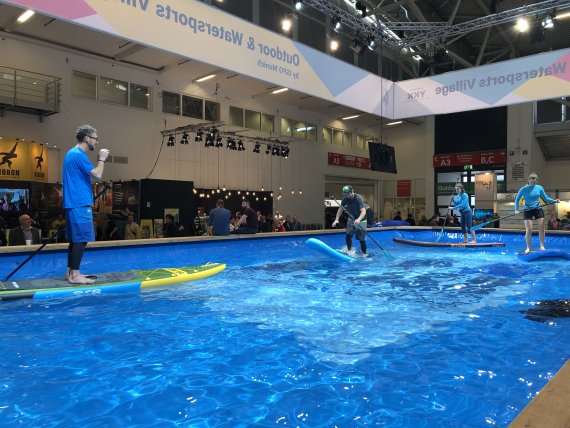
Another point is where and how you do SUP: depending on whether you want to use the board for distance, speed or waves, a longer, shorter or more agile board is recommended. Important is the characteristic of the rocker, the curvature of the bottom in the length. Boards with a strongly curved keel are more agile, boards with a nearly straight keel are more stable.
After having chosen the right board, the correct setting of the paddle is important. For beginners, Raphael Kuner recommends positioning the paddle upright and adjusting the grip to the middle of the hand with the arm slightly bent. In this way, you can paddle more upright and without rotation of the upper body at the beginning, whereby the movement gains stability.
And don't forget: safety first! So never paddle without a life jacket and a life buoy.
Once the material has been adjusted, you can finally get started. The classic starter position on the SUP is in the middle of the board. The handle should therefore be exactly in the middle between your feet. The legs are placed parallel to each other and approximately in the width of the shoulders, the view to the front is directed over the bow.
A little more skill is required for the so-called surfer stand. To do this, you have to shift the weight on the board to the rear so that the board is relieved at the front. The technique is particularly suitable for cornering and - as the name suggests - surfing in waves.
The paddle blade is retained with the kink to the front, the upper hand surrounds the grip, the lower hand grasps the shaft. "A common mistake for beginners is that the upper hand grabs the shaft and not the grip. It is important to pay attention to the position every time you change sides," SUP trainer Kuner said.
During immersion, only the paddle blade is pulled through the water, the shaft remains on the surface. The feet should be anchored firmly to the board, all the work is done with the torso. Depending on the board and riding ability, change the side every two to eight strokes during paddling. Kuner revealed: "With the right steering stroke, advanced paddlers can go straight ahead for up to 30 minutes."
Once you've learned the basic stroke, it's best to practice the bow stroke right away. The technique takes its name from the sequence of movements and serves to initiate changes of direction. For this purpose, the paddle is dipped directly in front at the bow and pulled through to the rear. "Beginners usually perform the movement with too much force. As a paddler, however, you are basically rather lazy, which means that you try to make a lot of progress with little effort," explained the SUP professional.
It takes about three hours to learn the basics. Then you can ride straight ahead, you can stop, turn right and left and, if necessary, climb up again.
"Before you get started, it's important to get to know the local conditions," advised the SUP instructor. You should ask yourself the following questions:
- Is there a lot of traffic on the water?
- Where can I go?
- Is there any shipping traffic?
- What are the flow conditions?
- Am I allowed to ride the water at all?
Beginners are best advised to contact an expert SUP instructor.
Finally, the SUP-Trainer revealed 3 exercises for more balance and a good feeling in the water.
- Challenge 1: Step on the of the board and turn for one minute on the same spot. Count the number of rotations.
- Challenge 2: Step on the front of the board so that the fin is out of the water.
- Challenge 3: Move the board sideways with the paddle in long, counter-rotating arcs.
Finally, the question arises: How will Stand Up Paddling develop? According to paddle professional Kuner, the peak of this trend sport has now been reached.
"There are the first slight declines in sales figures. The large mass market is served," Kuner said. "Instead, there is more and more a differentiation between the individual types of Stand Up Paddling such as SUP yoga, foiling and white-water games. In terms of materials, there are no major innovations anymore. We are currently working on weight, pursuing ecological approaches and testing two-chamber systems for the first time."
- ISPO awards
- Mountain sports
- Bike
- Design
- Retail
- Fitness
- Health
- ISPO Job Market
- ISPO Munich
- ISPO Shanghai
- Running
- Brands
- Sustainability
- Olympia
- OutDoor
- Promotion
- Sports Business
- ISPO Textrends
- Triathlon
- Water sports
- Winter sports
- eSports
- SportsTech
- OutDoor by ISPO
- Heroes
- Transformation
- Sport Fashion
- Urban Culture
- Challenges of a CEO
- Trade fairs
- Sports
- Find the Balance
- Product reviews
- Newsletter Exclusive Area
- Magazine

